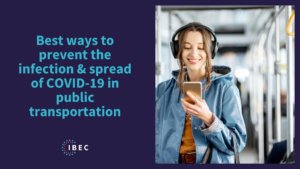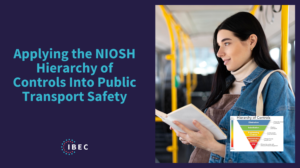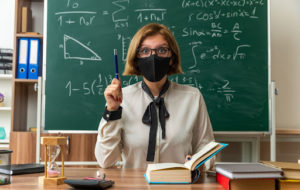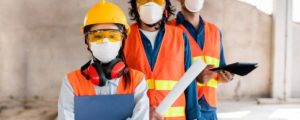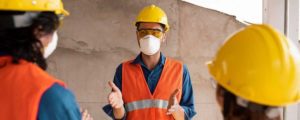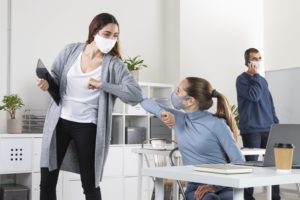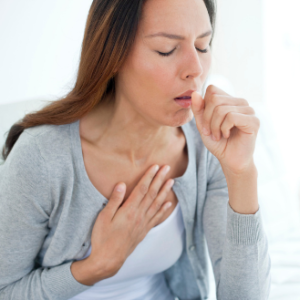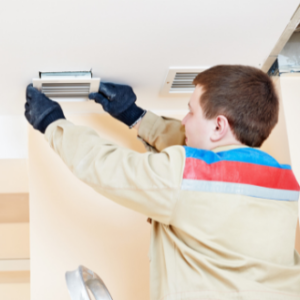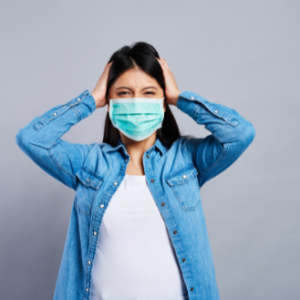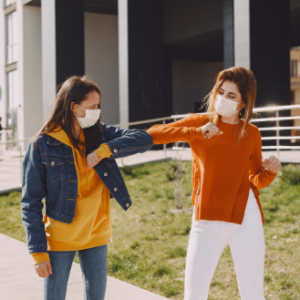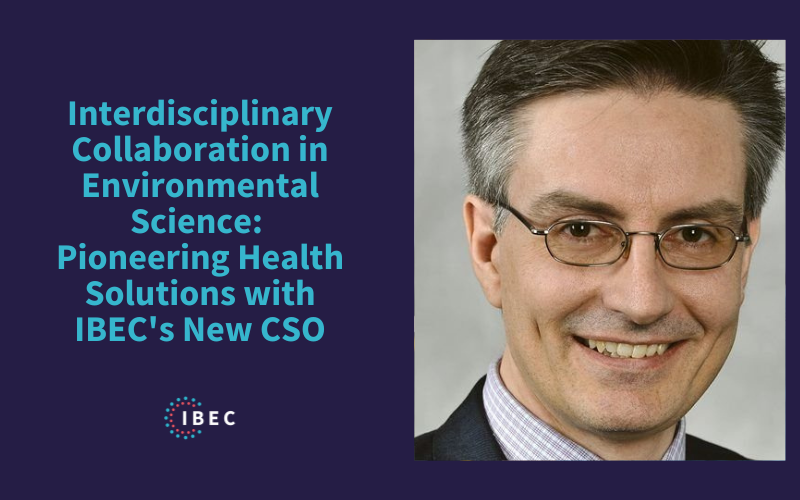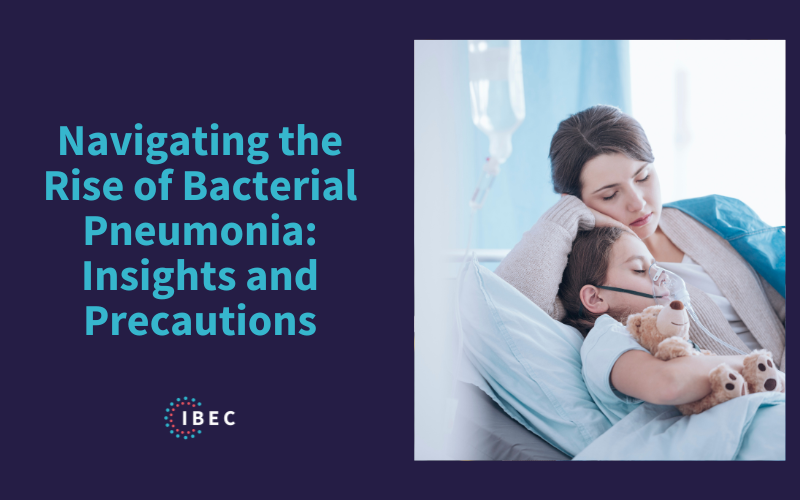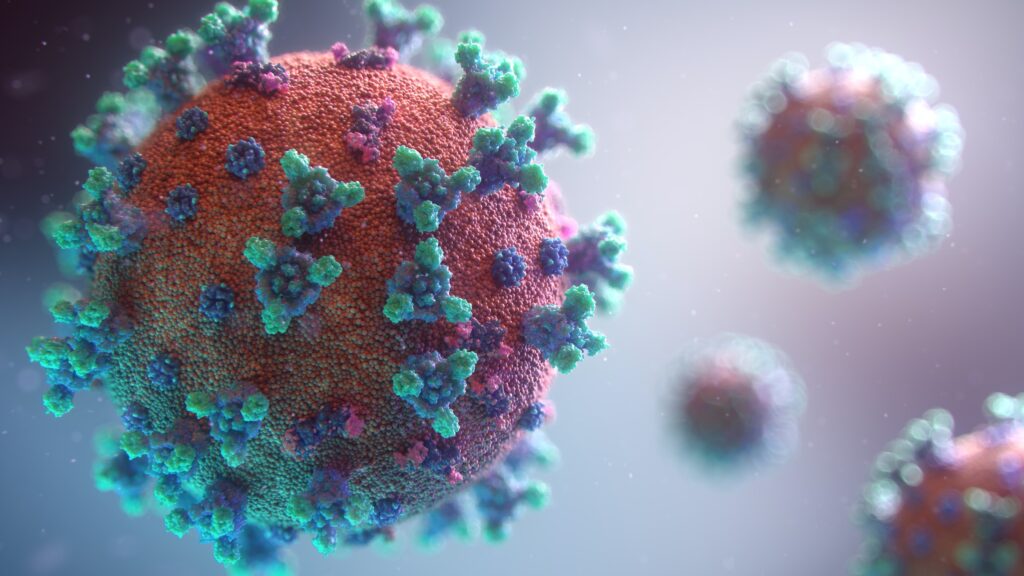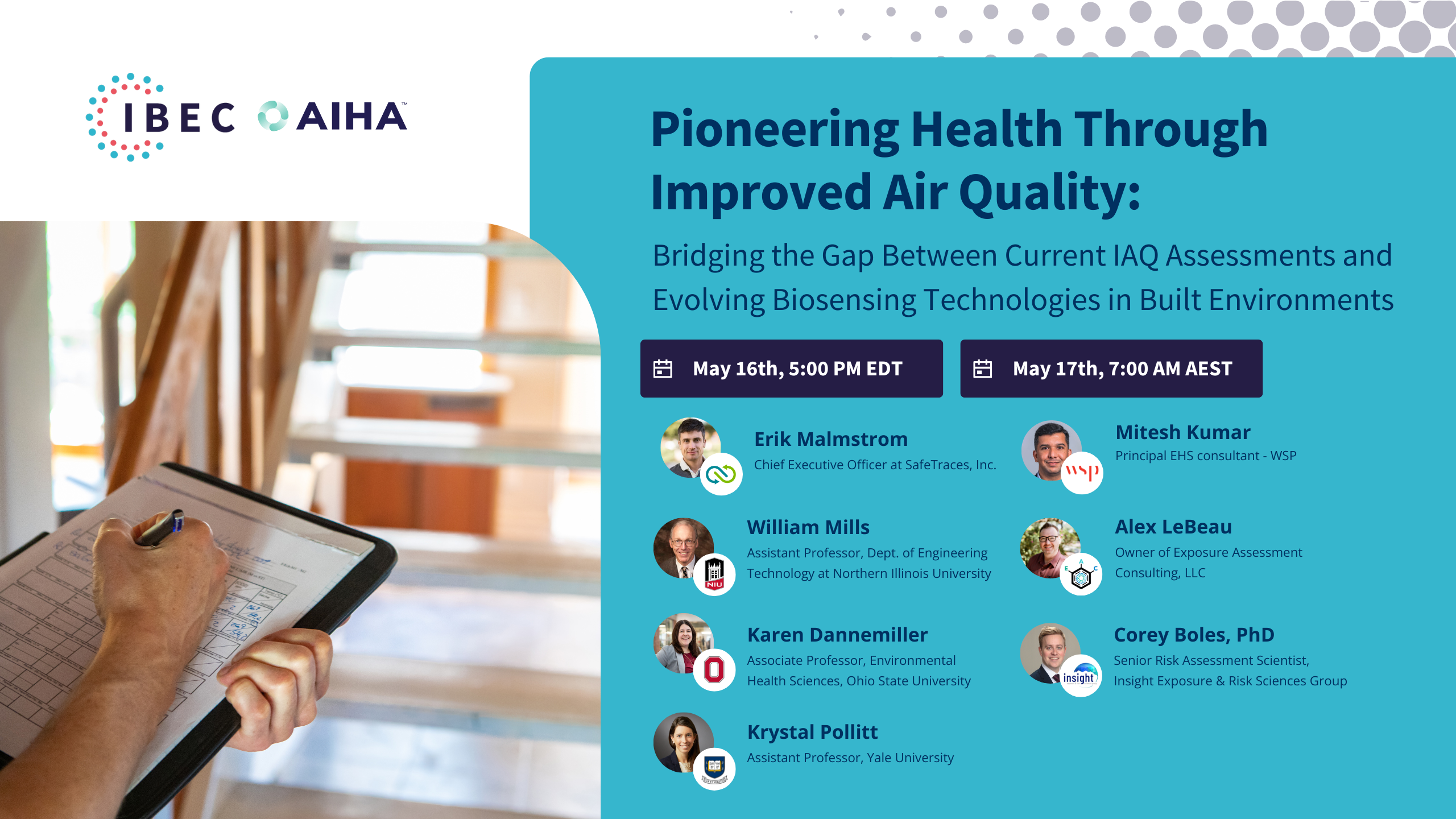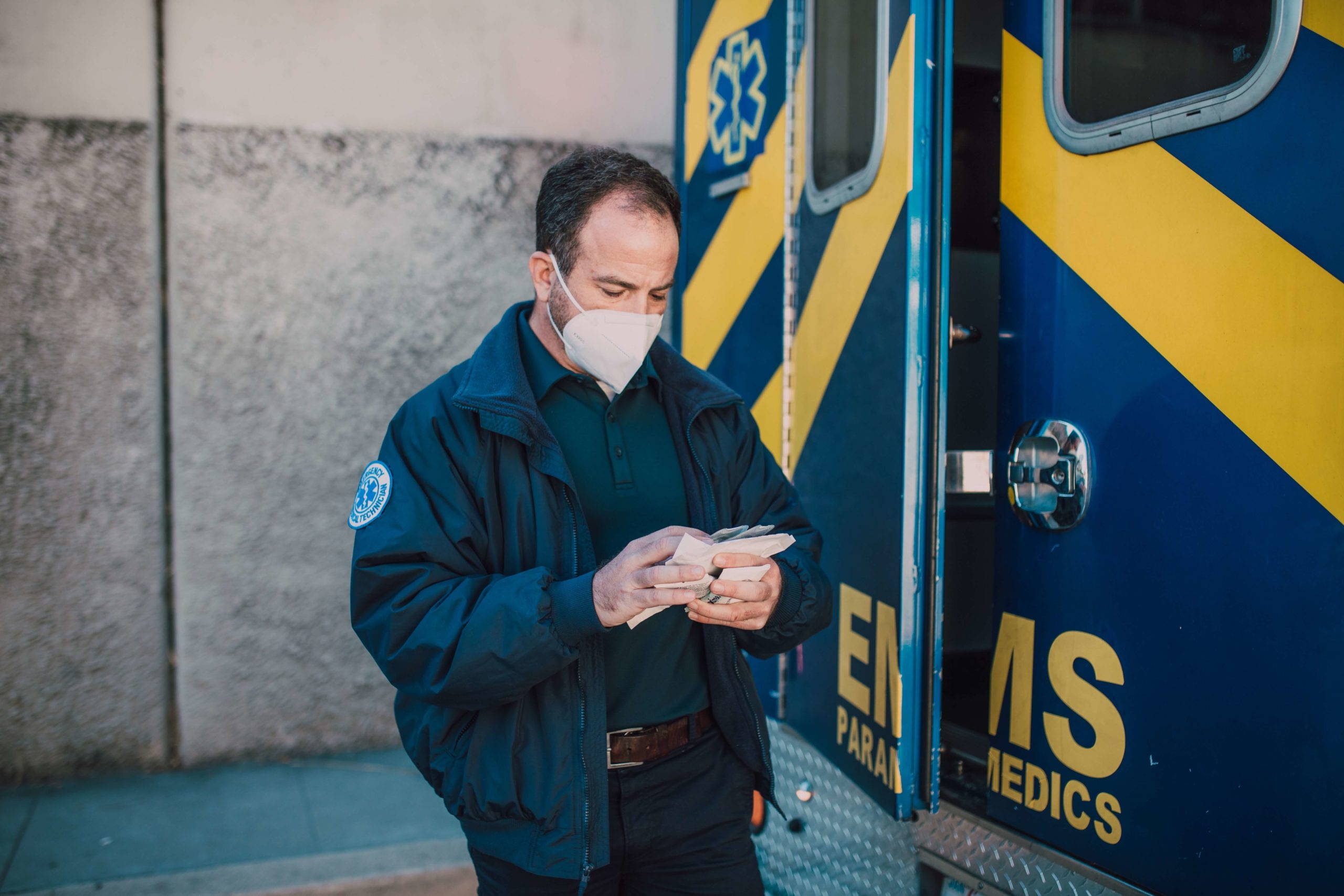
After the impact of COVID-19 on our society, it has become evident that one of the industries whose workers are most affected is first responders.
First responders are tired, both physically and mentally. The pandemic has brought them prolonged levels of high stress and excessive emotional tension – both on and off-duty.
Adding to that, first responders are not just concerned about their health, but they are worried about bringing COVID-19 to their families and infecting others.
Thanks to the collaboration between The American Industrial Hygiene Association (AIHA) and with funding from the Centers for Disease Control and Prevention (CDC), The Integrated Bioscience and Built Environment Consortium (IBEC) included a first responders panel on the “Protecting Our Most Vulnerable Workers: Challenges, Solutions & Invisible Barriers” virtual summit.
Continue reading to learn more about the most significant challenges and lessons learned from first responders in the COVID-19 era.
Main Challenges First Responders Experience in the COVID-19 Era
Personal Protection Equipment (PPE) Availability
One of the biggest challenges first responders have encountered in the COVID-19 era is keeping up with personal protection equipment (PPE) supplies. Every time PPE equipment is used, it is also trashed, so there is a need for a lot of equipment to be available at all times. Everybody has to have suitable gloves, masks, gowns, and more
Changes In Life Inside the Station
Station life has transformed since the beginning of the pandemic, and it has proven to be a challenge between members and ranks. Staff must now wear N95 masks to protect themselves and others, and there are distancing measures in place which bring a very different dynamic inside stations and firehouses.
Reluctance to Embrace Change
Even in a work environment where rule-following is the norm, the new adaptations and changes COVID-19 has brought have become a challenge to make everyone follow along. It’s been an exercise to sit down with the staff and explain that new protocols are in place to protect them and their loved ones.
Issues With the Public
The first responder industry is finding it difficult to deal with the public, as everyone has an opinion on how they should operate. Especially when it comes to how they respond to emergencies, there is a new protocol to follow, and the public does not take it well all the time.
Controllability of Work Settings
When the pandemic started, most industries needed to close their doors and wait for guidance from the government agencies on when they would reopen. However, first responders could not close their doors due to the nature of their work.
They were left with the options available such as providing masks for everyone; however, when arrestees and emergency callers need their help, it is not easy to ensure everyone is wearing a mask.
Lessons Learned from First Responders in the COVID-19 Era
Communication Systems
The first responder industry has put into practice risk communication systems that constantly make members and staff aware of the risk of exposure. Everybody is supposed to be part of it through email, where they will receive information about the number of active cases, how many are returning from being sick, etc.
Emergency Calls
Since COVID-19 started, there has been a drastic change in how first responders handle emergency calls. Before, the emergency response included rapid access, triage treatment, and assessment. Although it continues to have the same pillars, the response is now much slower.
They are now experiencing a response that is much more deliberate and centered on personal protection equipment (PPE), risk assessment, and transport priority. It is now a protocol to identify if the call is COVID-19 related, and if it is, this will deploy a set of processes that differ from the regular emergency responses.
Personal Protective Equipment (PPE) and Disinfection Strike Teams
First responders were active in procuring personal protective equipment for themselves and their teams. Efforts were deployed to make sure masks, gowns, gloves, and electrostatic sprayers were available whenever needed.
They installed electric thermal readers to read temperatures automatically and changed to virtual meetings to minimize the risk of exposure to COVID-19. They also ensured their spaces were well ventilated and people could take part in social distancing.
Gear washers, gear dryers, and masks became the new normal, and there is an effort to build a habit of cleanness.
Disinfection Strike Teams
The New York City Fire Department (FDNY) had a magnificent initiative to train around 100 officers in personal protection equipment and disinfection protocols. They deployed this “disinfection strike team” to those firehouses that had the most number of responses or had the higher infection risks.
Vehicle Decontamination
In law enforcement and other first responders industries, vehicles are in operation twenty-four hours a day. When a shift ends, the staff is now trained to decontaminate themselves and the car they were using.
The use of vehicles in this industry has proven to be a challenge, especially in air ventilation, but the disinfection techniques have proven to help mitigate the spread of COVID-19.
Overlapping Schedules
One of the efforts that have proven to be successful in mitigating the spread of COVID-19 within the first responder industry is managing schedules to minimize shift overlapping.
By doing this, the number of people inside the station or firehouse will be reduced, and in consequence, the risk of spreading the virus will also be significantly reduced.
Quarantine and Isolation Procedures
It has been a priority to clarify the quarantine and isolation procedures within the first responder’s industry. Most of our panelists are following these guidelines:
If you are unvaccinated and have close contact with a COVID-19 positive person, you will have to quarantine for ten days.
If you are vaccinated and have close contact with a COVID-19 positive person, you will have to monitor your symptoms. If you develop symptoms, you will have to quarantine for ten days.
Conclusion and Resources
First responders care for others as well as themselves and their families. The COVID-19 pandemic has brought a series of challenges that have shifted how they usually operate.
Conversations, where we ask them what could help and listen to their doubts and concerns, are essential since it’s also everyone’s responsibility to keep our vulnerable industries informed and protected.
If you’d like to check out the complete First Responders panel of the “Protecting Our Most Vulnerable Workers: Challenges, Solutions & Invisible Barriers” virtual summit, click here.
You can also check out the complete virtual summit here.
If you want to check out more resources on how first responders can be safe from the spread of COVID-19, browse the following list:
Proper Use of Respirators for Healthcare Workers and First Responders – American Industrial Hygiene Association.
Personal Protective Equipment for SARS-CoV-2 – American Industrial Hygiene Association.
Worker Health Safety – First Responders – workerhealthsafety.org
Natural Disasters & COVID-19: Resources for Professionals & Emergency Workers – Centers of Disease Control and Prevention
What Firefighters and EMS Providers Need to Know about COVID-19 – Centers for Disease Control and Prevention
Emergency Responders: Tips for taking care of yourself – Centers for Disease Control and Prevention
Emergency Preparedness and Response – Centers for Disease Control and Prevention
Guidance by Industry – Occupational Safety and Health Administration.
Pledge to do your part in making your building, organization, and community healthier and safer from COVID-19 – Commit To C.A.R.E – American Industrial Hygiene Association (AIHA) & The Integrated Bioscience and Built Environment Consortium (IBEC)
Related Blogposts
Best ways to be safe from COVID-19 in public transport
Since the beginning of the pandemic, industrial hygienists have been researching and broadcasting the information needed to prevent the infection & spread of COVID-19. Under…
NIOSH Hierarchy of Controls for Public Transport
In our latest CLEAN Lessons Learned Session – Making Confidence Our Travel Companion: Managing the environment to reduce public transport transmission, we discussed how the…
How to Protect teachers and educators from the Spread of Covid-19
It’s not a surprise that one of our society’s most affected industrial sectors is the education sector. Despite the 2020-21 academic year ending better than…
How to Protect Agriculture Workers from the Spread of Covid-19
The construction industry has been significantly affected by the COVID-19 pandemic while being challenged to improve its workforce safety and well-being. Since COVID-19 started, there…
Interview with J. Frederick: COVID-19 and vulnerable workers
Since COVID-19 started, we have been looking for the right resources and standards to navigate our experience in the world safely. All over the world,…
How To Improve Indoor Air Quality – An OSTP Discussion on COVID
The Biden-Harris Administration identified improved indoor air quality as an essential tool to fight the spread of airborne diseases in the American Pandemic Preparedness Plan…
Why Did It Take So Long To Accept COVID Is Airborne?
This is an extract from our August CLEAN Lessons Learned session “Getting Serious About Airborne Infection Transmission” where Dr. Lidia Morawska gave a presentation about…
Top Guidelines To Follow In The COVID-19 Era
This is an extract of our CLEAN Lessons Learned September session: Resilience, Recovery, Return: Getting back to School Confidently and Safely. To have access to…
COVID 19 Crisis Response, Mental Fatigue & Resilience
This is an extract from our October CLEAN Lessons Learned session “Reducing Exposure to COVID-19: The Human Factors” where Dr. Melissa Marot gave a presentation…
Beyond COVID-19
Strategies to go beyond COVID-19 with Dr. Lidia Morawska.
- « Previous
- 1
- 2
Interdisciplinary Collaboration in Environmental Science: Pioneering Health Solutions with IBEC’s New CSO
The Integrated Bioscience and Built Environment Consortium (IBEC) proudly introduces its new Chief Scientific Officer (CSO), Stephane…
Navigating the Rise of Bacterial Pneumonia: Insights and Precautions
Navigating the Rise of Bacterial Pneumonia: Insights and Precautions As winter’s chill sets in, health professionals and…
New COVID-19 Variant JN.1 Raises in the United States
JN.1 is a highly contagious, fast-spreading subvariant of omicron that has become the dominant strain in the…

